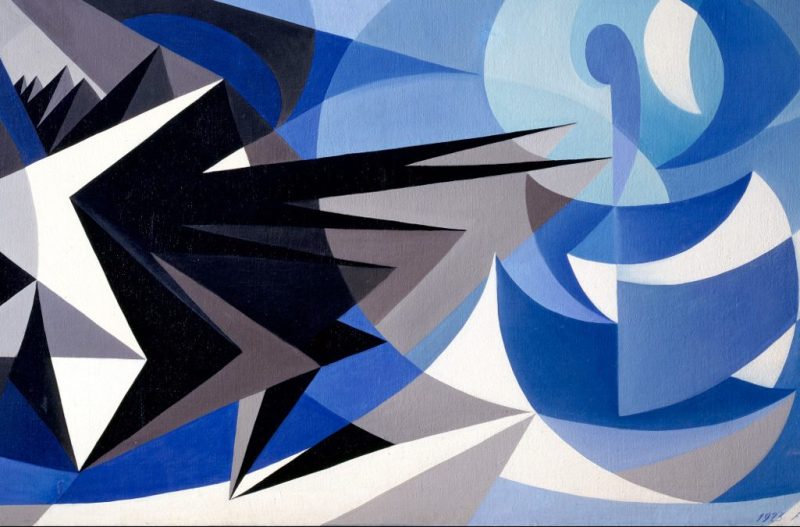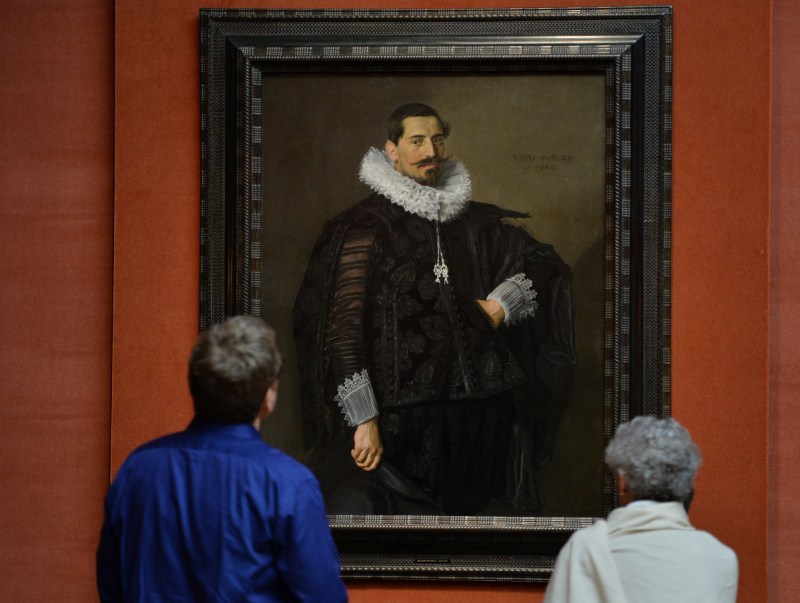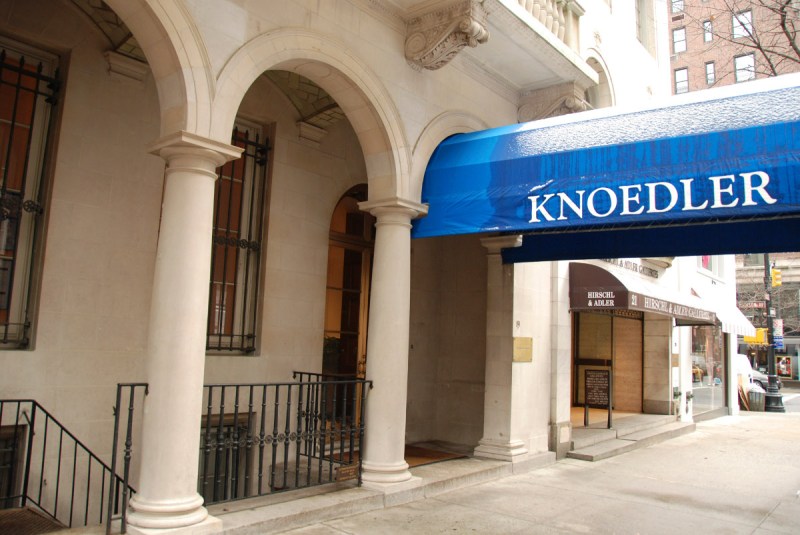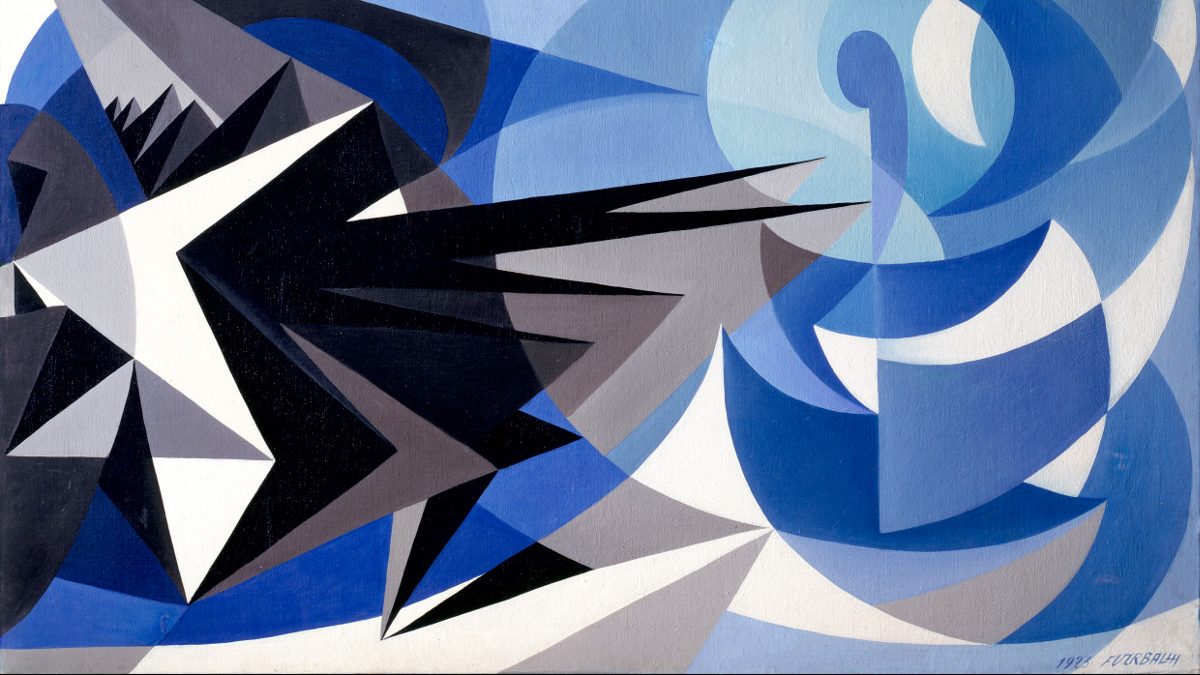
As we roll headlong into 2017, the art world—and more specifically, the art market—finds itself in a tenuous position. This is largely due to two serious authenticity disputes that wound up in court; decreases in business for both Christie’s and Sotheby’s; and a 30 percent decrease in overall market volume. Now, gallery owners, auctioneers, and artists are worried that the market’s speculative nature is turning against them.
As one example, collector Niels Kantor compared a Hugh Scott-Douglas painting he bought for $100k to “a stock that crashed,” when he re-sold it for just $30K. In general, collectors are looking to rediscover older artists rather than spend money on newer works that may not hold their value for longer than a year or two.

Complicating that scenario, of course, were two high-profile authenticity disputes. The Knoedler Gallery fraud trial made the most noise. The upshot? The gallery allegedly sold multiple abstract impressionist forgeries (the case was quickly settled). Sotheby’s, too, got egg on their face when forensic conservator James Martin figured out that they unknowingly sold a fake Frans Hals painting for $8.4 million. Not only are buyers less willing to support new art, their confidence in the established artists they’re buying has been shaken.

And that’s not even factoring in how President-elect Donald Trump will impact a market that leans heavily on international buyers. Trump’s famous bluntness could either scare away overseas collectors or actually boost the market if he decides to increase tariffs. The Guardian notes that art sales “… boomed during the Reagan administration and through most of George W. Bush’s tenure,” and that many of Trump’s Cabinet appointees are art collectors.
Even if things shake out favorably for the art market this year, scares like these should make the art world reconsider how much it relies on speculative buying, and what should (or even could) structure the market instead.
—RealClearLife Staff
This article was featured in the InsideHook newsletter. Sign up now.
























